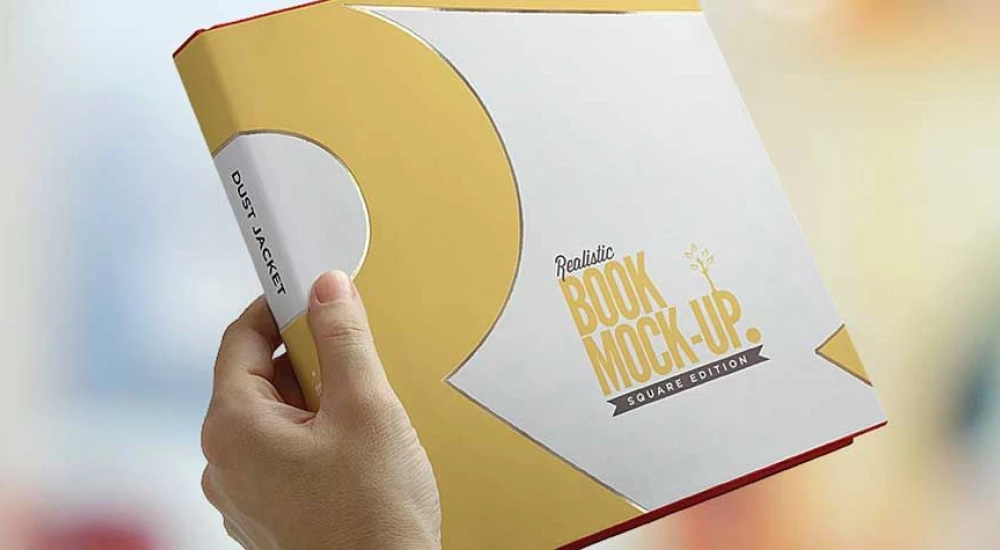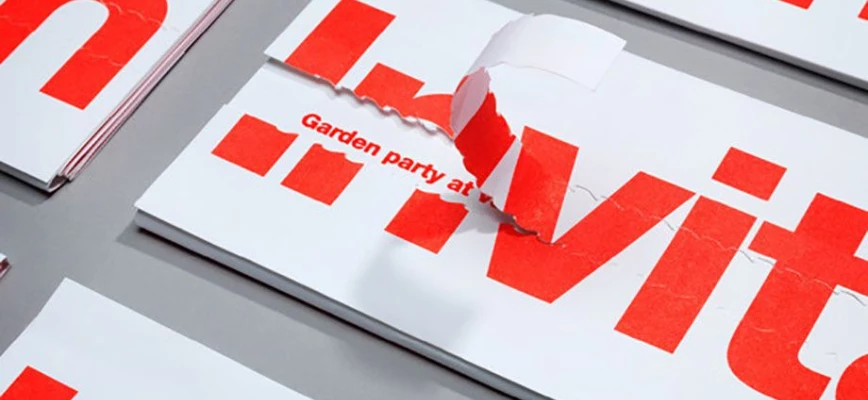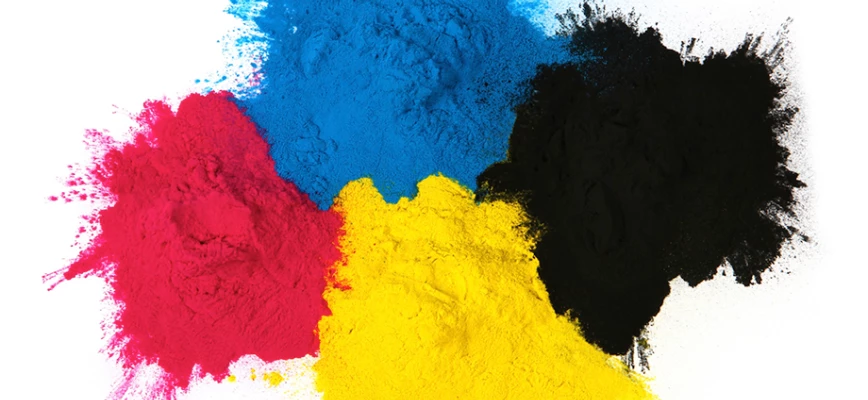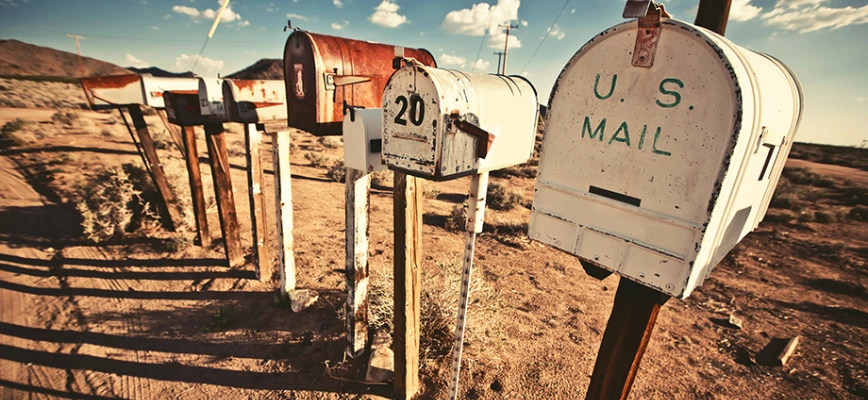Once upon a time, there was the dust jacket …
Dust jackets have been around since the 1820s, although they haven’t always looked the way they do today. As time passed, their purpose evolved as well.
The bastard title: intended to be discarded
Prior to 1820, printing books actually meant printing and stacking separate sheets which were then sent off to book-sellers. Readers would buy these so-called text blocks and take them to their book-binder to have a sturdy, personalized cover applied to them. Around 1820, printers started adding a blank sheet of paper to each text block to protect its corners and edges during transportation.
Some printers would print the book’s title on the sheet, which eventually became known as ‘the bastard title’.
Intended to be discarded, this first rendition of the dust jacket was essentially nothing more than wrapping paper. However, most historians agree that the bastard title can be called the progenitor of the dust jacket as we know it today. They estimate that the first modern dust jacket, featuring flaps and meant to permanently protect hardcovers, emerged somewhere in the 1830s. It must be noted though, that the sheet itself was left blank.
Print it on the spine, please
Decades later, in 1876 to be exact, Lewis Carroll wrote to his publisher asking to print the title of The Hunting of the Snark on the spine of what he referred to as ‘the paper wrapper’. His publisher obliged, and a new trend was born. Readers could now see the contents of a book from the shelf, without having to open it or remove the wrapper.
What’s on the outside does matter
Fast forward to the roaring 1920s, when publishers began employing artists to take the dust jacket to a whole new level. Instead of just echoing the binding design, dust jackets were elevated to ornate pieces of art. Publishers also took to adding synopses and author biographies to dust jackets, as they still do today.
Dust jackets: standard practice for hardcovers
Wrapping hardcovers with dust jackets is a standard practice these days, yet their use is often questioned. Still not convinced of the added value yourself? First edition collectors will tell you that, yes, dust jackets are useful as they greatly increase a book’s value – provided the jacket is still in pristine condition. Most libraries, too, choose to retain the dust jacket (and, ironically enough, enclose it in a sturdy, transparent cover) as studies show books with dust jackets are 30 to 40 percent more likely to circulate compared to books with plain covers or cloth bindings. What’s more, it must be said that the flaps of a dust jacket simply make excellent bookmarks.
- Did you know? A missing dust jacket reduces a collectible book’s value 75 to 90 percent.
Digital dust jacket printing
Last but not least, while dust jackets admittedly don’t repel dust, they do protect books against wear. Digital printing solutions like Xeikon’s book production suite can not only print vividly colored dust jackets up to 350g/m² in extra-long formats (perfect for coffee table books), but combined with Xeikon’s web varnishing module they also add a high-quality UV coating to the mix. It is thanks to advanced solutions like this that modern dust jackets, contrary to their historical counterparts, really do protect books against coffee cup rings and spills, and are more scratch resistant than ever.



